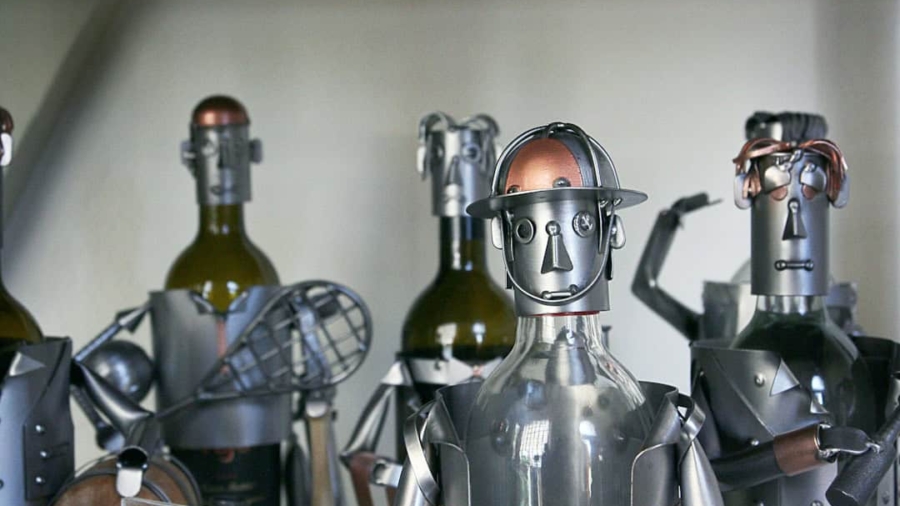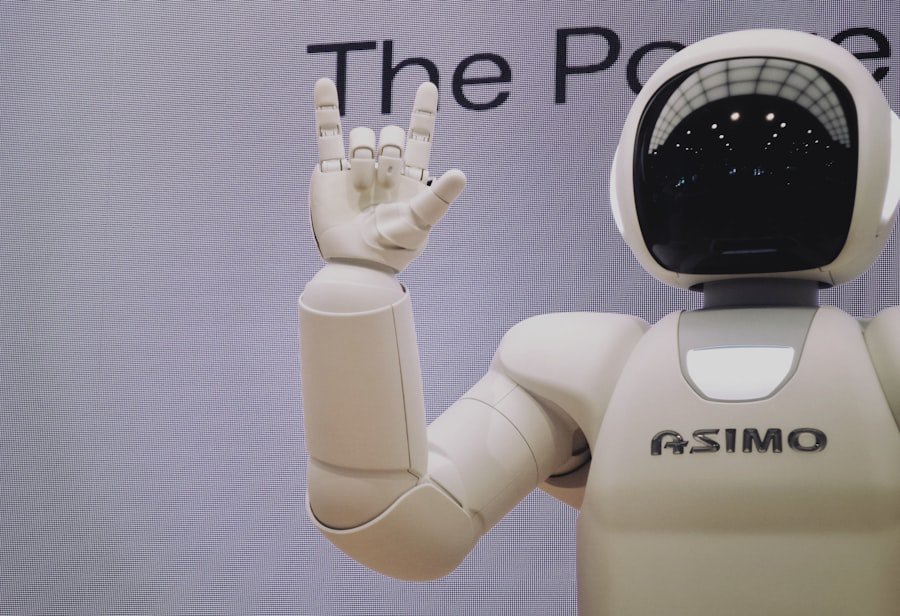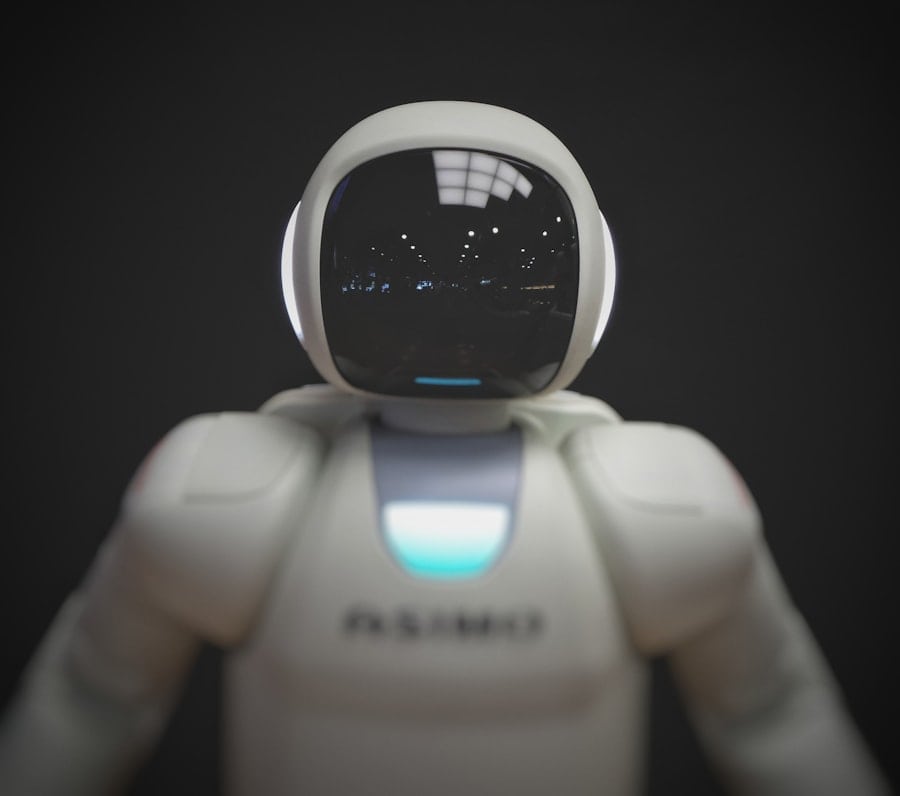The advent of artificial intelligence (AI) has ushered in a new era of technological innovation, permeating various sectors, including healthcare, finance, and education. One of the most intriguing applications of AI is in the realm of childcare, where robots equipped with advanced algorithms and machine learning capabilities are being developed to assist caregivers and parents. These AI-powered childcare robots are designed to monitor children, engage them in educational activities, and even provide companionship.
As society grapples with the demands of modern life, the integration of such technology into childcare settings presents both opportunities and challenges that merit thorough exploration. The concept of using robots in childcare is not merely a futuristic fantasy; it is becoming a tangible reality. With the increasing number of dual-income households and the growing need for reliable childcare solutions, parents are turning to technology for assistance.
AI-powered robots can offer a level of support that traditional childcare methods may struggle to provide. They can be programmed to recognize a child’s needs, respond to their emotions, and adapt their interactions accordingly. This evolution in childcare technology raises important questions about the role of machines in nurturing and educating the next generation.
Key Takeaways
- AI-powered childcare robots are becoming increasingly popular as a tool for monitoring and caring for children.
- AI plays a crucial role in childcare and monitoring by providing real-time data and analysis to parents and caregivers.
- The advantages of AI-powered childcare robots include improved safety, convenience, and peace of mind for parents and caregivers.
- Challenges and concerns of AI-powered childcare robots include privacy issues, potential job displacement, and overreliance on technology.
- Examples of AI-powered childcare robots in action include devices that can monitor a child’s vital signs, track their location, and even engage in educational activities.
The Role of AI in Childcare and Monitoring
AI plays a multifaceted role in childcare, primarily focusing on monitoring children’s safety and well-being while also enhancing their learning experiences. Through sophisticated sensors and cameras, AI systems can track a child’s movements, detect potential hazards, and alert caregivers if a child is in distress or engaging in unsafe behavior. For instance, some AI-powered devices can recognize when a child has fallen or is experiencing a medical emergency, prompting immediate action from parents or guardians.
This capability not only provides peace of mind for caregivers but also ensures that children are kept safe in environments where supervision may be limited. In addition to safety monitoring, AI can facilitate personalized learning experiences for children. By analyzing data on a child’s interests, learning pace, and emotional responses, AI systems can tailor educational content to suit individual needs.
For example, an AI-powered robot might engage a child in interactive storytelling or educational games that adapt based on the child’s responses. This level of customization can enhance cognitive development and foster a love for learning from an early age. Furthermore, AI can help identify developmental milestones and potential learning disabilities by analyzing behavioral patterns over time, allowing for timely interventions when necessary.
Advantages of AI-Powered Childcare Robots
The advantages of integrating AI-powered robots into childcare settings are manifold. One significant benefit is the ability to provide consistent and reliable care. Unlike human caregivers who may experience fatigue or emotional fluctuations, robots can maintain a steady level of engagement and attention.
This consistency can be particularly beneficial for children who thrive on routine and predictability. Moreover, AI-powered robots can operate around the clock, offering support during late-night hours or when parents are occupied with work commitments. Another advantage lies in the potential for enhanced educational outcomes.
AI-powered robots can serve as interactive learning companions that encourage curiosity and creativity. For instance, they can introduce children to coding concepts through playful activities or facilitate language learning through conversational practice. The interactive nature of these robots can make learning more enjoyable and effective compared to traditional methods.
Additionally, by providing immediate feedback and encouragement, these robots can help build a child’s confidence and motivation to learn.
Challenges and Concerns of AI-Powered Childcare Robots
Despite the numerous advantages associated with AI-powered childcare robots, several challenges and concerns must be addressed.
While these robots can provide valuable support, they cannot replace the emotional connection and nuanced understanding that human caregivers offer.
Children require social interaction and emotional bonding to develop healthy relationships and emotional intelligence.
Privacy and data security also pose significant challenges in the realm of AI-powered childcare.
Many of these robots collect vast amounts of data regarding children’s behaviors, preferences, and even health metrics. This data must be handled with utmost care to protect children’s privacy and ensure compliance with regulations such as the Children’s Online Privacy Protection Act (COPPA). Parents must be informed about how their children’s data is used, stored, and shared, raising questions about transparency and accountability in the design of these technologies.
Examples of AI-Powered Childcare Robots in Action
Several innovative examples illustrate the practical applications of AI-powered childcare robots in real-world settings. One notable instance is the use of “Moxie,” a social robot developed by Embodied Inc., designed to engage children in social-emotional learning activities. Moxie uses natural language processing to converse with children, helping them develop communication skills while also teaching empathy and emotional regulation through interactive storytelling and games.
This robot has been particularly beneficial for children on the autism spectrum, providing them with a non-threatening platform to practice social interactions. Another example is “Kiki,” a robot designed to assist with early childhood education by promoting STEM (science, technology, engineering, and mathematics) learning through play. Kiki engages children in hands-on activities that encourage problem-solving and critical thinking skills while also providing real-time feedback on their progress.
By integrating play with education, Kiki helps children develop essential skills in a fun and engaging manner. These examples highlight how AI-powered robots can complement traditional educational approaches while addressing specific developmental needs.
Future Implications of AI-Powered Childcare Robots
Enhanced Learning Experiences
As technology advances, AI-powered childcare robots are likely to become more sophisticated, enabling them to perform complex tasks such as emotional support and conflict resolution among children. The integration of AI with emerging technologies like virtual reality (VR) could further enhance learning experiences by immersing children in interactive environments that stimulate their imagination.
Supporting Diverse Family Dynamics
As societal norms evolve regarding family structures and caregiving roles, AI-powered robots may play an increasingly prominent role in supporting diverse family dynamics. For instance, single parents or families with multiple children may find these robots invaluable for managing daily routines and ensuring that each child receives adequate attention and support.
Scalability and Accessibility
The potential for scalability also exists; as more families adopt these technologies, economies of scale could lead to reduced costs and increased accessibility for all socioeconomic groups. This could lead to a more equitable distribution of childcare resources, benefiting families from all walks of life.
Ethical Considerations of AI-Powered Childcare Robots
The deployment of AI-powered childcare robots raises several ethical considerations that warrant careful examination. One significant issue is the question of accountability when it comes to decision-making processes involving children’s care. If an AI system makes an error—such as failing to alert caregivers about a child’s distress—who is responsible?
The developers? The parents? This ambiguity necessitates clear guidelines and regulations governing the use of such technologies to ensure accountability at all levels.
Additionally, there are concerns about the potential for bias within AI algorithms that could affect how children are treated or monitored. If these systems are trained on datasets that lack diversity or inclusivity, they may inadvertently perpetuate stereotypes or fail to recognize the unique needs of different children based on their backgrounds or abilities. Ensuring that AI systems are designed with fairness and equity in mind is crucial for fostering an inclusive environment where all children can thrive.
The Impact of AI on Childcare and Monitoring
The integration of AI into childcare represents a significant evolution in how we approach nurturing and educating children. While AI-powered childcare robots offer numerous benefits—such as enhanced safety monitoring, personalized learning experiences, and consistent care—they also present challenges that must be navigated thoughtfully. As society continues to embrace these technologies, it is essential to strike a balance between leveraging their advantages while addressing ethical concerns and ensuring that human connections remain at the forefront of child development.
As we look toward the future, it is clear that AI will play an increasingly vital role in shaping childcare practices. The ongoing dialogue surrounding these technologies will be crucial in determining how they are implemented responsibly and effectively within our communities. By prioritizing ethical considerations alongside technological advancements, we can harness the potential of AI-powered childcare robots to create enriching environments that support children’s growth while preserving the irreplaceable value of human interaction.




